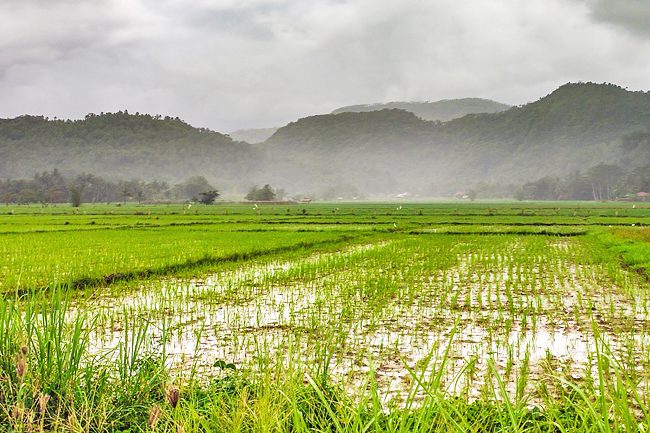ANN/INQUIRER.NET – The Federation of Free Farmers (FFF) has suggested imposing seasonal tariffs on rice to safeguard local farmers and control the influx of imported grain.
“If we have seasonal tariffs, we can impose higher tariffs immediately before and during the first months of the harvest season, not only during the harvest season,” FFF National Manager Raul Montemayor said during a Tariff Commission (TC) hearing.
He said this proposed measure would prevent the arrival of imported rice during the peak harvest which takes place between March and April.
The crop year for rice in the Philippines begins in July and ends in June the following year.
“We have to study when is the correct timing, but that is the idea. After the harvest season, then you can bring back the tariffs so that it will not harm farmers and then put it to a level that will not also harm consumers,” he added.
Montemayor floated this idea as the TC deliberated on the Samahang Industriya ng Agrikultura’s (Sinag) petition to reinstate the original tariff on imported rice as it failed to significantly reduce retail prices.

In its petition filed before the TC, Sinag is seeking to revert the rice tariff of 35 per cent to ASEAN (Association of Southeast Asian Nations) countries and 50 per cent to non-ASEAN nations.
Sinag executive director Jayson Cainglet said in his presentation that only a few importers benefited from lower tariff rates, while consumers and farmers continued to bear the brunt of lower farm-gate prices and higher retail prices. Cainglet also argued that Executive Order number 62, which had slashed import duties on rice to 15 per cent effective July last year, was “ineffective” in bringing down the retail price of this staple food.
“It really went down (retail rice prices) and we recognise that, but these were because of the interventions of the DA (Department of Agriculture). Our activist [agriculture] secretary imposed an MSRP (maximum suggested retail price), declared a food security emergency and implemented many rice programmes. But it was not because of EO 62 that rice prices went down,” he added.
Citing government data, the group said that palay farm-gate, or the selling price between farmers and trader, declined by 36 per cent to P16 per kilogramme. But for Philippine Institute for Development Studies’ senior research fellow Roehlano Briones, Filipino consumers have felt the effect of reduced tariffs.
“The market adjustment of supply and demand does not happen instantaneously. They occur with some delay and the slowest to communicate the decline in price is probably the retail level…” said Briones, who represented the Foundation for Economic Freedom in his personal capacity.
He noted that retail prices of rice had dropped by 7.5 per cent between June 2024 and February this year, translating to savings of P3.84 per kilogramme.



